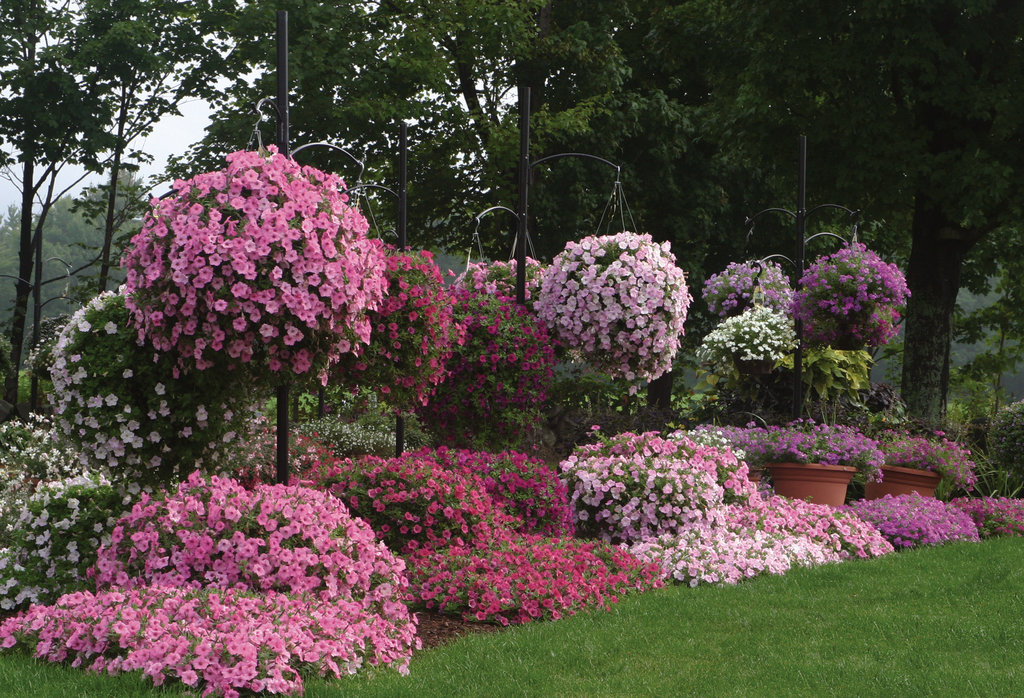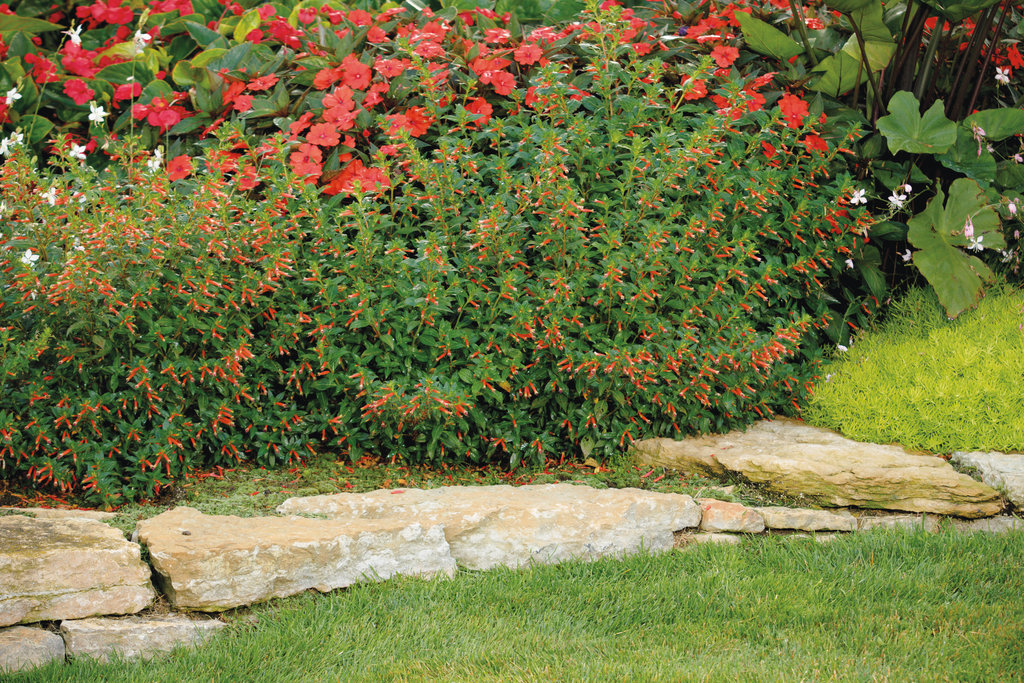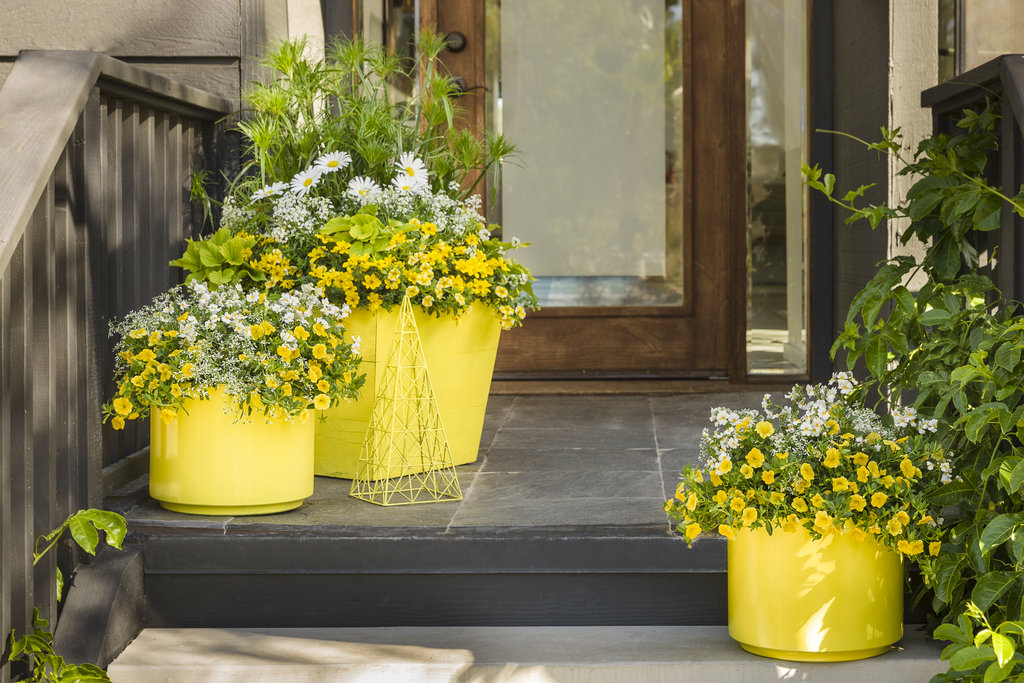Flowers, What Flowers?
My plant was flowering and now it's stopped. Why did it stop and more importantly how do I make it start flowering again? This article will go over some of the top reasons why plants go out of bloom.
My plant was flowering and now it's stopped. Why did it stop flowering? More important, how do I make it start again?
Gardening sometimes seems to require the skills of a juggler and the coordination of a balance beam gymnast. However, if a plant has a problem flowering there are a few things that are the likely suspects. When a plant stops flowering we need to adjust the simple variables that we have been juggling in the garden: soil, light, water, temperature and nutrition. We need to look at the conditions in the garden or container, to look for clues as to why things (environmental conditions) are out of kilter. What changed from when the plant was blooming to now when it is not?
 Understanding why plants flower in the first place will provide clues to help you diagnose why your plants are no longer flowering. At its simplest, a plant’s whole purpose is to live and procreate. They are concerned only with survival, making us happy is a side effect! Flowering is necessary for plant survival. Flowers attract pollinators, get pollinated and set seed.
Understanding why plants flower in the first place will provide clues to help you diagnose why your plants are no longer flowering. At its simplest, a plant’s whole purpose is to live and procreate. They are concerned only with survival, making us happy is a side effect! Flowering is necessary for plant survival. Flowers attract pollinators, get pollinated and set seed.
Most gardeners include annuals and perennials in their landscapes for color, structure and duration, but mostly for flower color. When the plants don’t perform as expected, experienced gardeners start looking for reasons. Environmental conditions such as moisture, nutrition, temperature (both day and night), and even soil and soil volume all impact the flowering activity of most plants. All of these factors interact to affect garden performance, often making it difficult to pinpoint what factor is out of alignment. Adding to the confusion, if one factor is changed, it may well impact several other factors.
Stress:
Plants react to stress by shifting from vigorous growth to simply trying to survive, a lot like humans. If the environmental factors are optimum for plant growth (the right temperature, the right moisture level, the right nutritional level and a great root zone, free of obstructions) and there is no stress on the plant or its environment, there would be minimal need for pollination and seed set.
Now let’s look at the flip side of the coin. A plant is growing in poor soil, or in an over crowded pot, it hasn’t rained in a month, there are no nutrients in the water and minimal nutrition in the soil and it is hot and dry. The plant is stunted due to lack of both nutrients and water; probably its foliage has taken on a grey or olive grey color, and the plant has flowered and begun to die. Why? The plant is threatened; survival of the species is the triggering response: flower, attract a pollinator, set seed, and survive!
Fertilizing:
 You have probably seen lush tomatoes and impatiens with thick green leaves yet no fruit or flowers. These plants have been given everything they need, and there is minimal need to flower or fruit because there is no risk of death. Overly lush plants are often a product of over fertilization. Over feeding puts that plant in a heavily vegetative state, under feeding produces flowers but not many and not very pretty.
You have probably seen lush tomatoes and impatiens with thick green leaves yet no fruit or flowers. These plants have been given everything they need, and there is minimal need to flower or fruit because there is no risk of death. Overly lush plants are often a product of over fertilization. Over feeding puts that plant in a heavily vegetative state, under feeding produces flowers but not many and not very pretty.
You have also seen plants where the foliage is turning yellow and the plant simply looks sickly, although it is probably pushing out at least a few flowers. This is likely the result of under fertilization. The best practice is to apply a balanced fertilizer about every three waterings for containers and about once a month in the garden. Look for slow release formulas of fertilizer for you garden as they last longer, let you fertilize less, are more environmentally friendly, and in general give more constant supply of food.
Have I been feeding the right amount? Is my foliage really lush indicating over feeding? Is my foliage yellowish indicating underfeeding? There are some plants that are supposed to have yellow foliage, if this is your plant ignore this statement. Click here for more on fertilizing.
Watering:
In order for you plants to be truly happy, their basic needs to be met without over indulging. Too much water causes rapid growth and fleshy, weak branches and poor roots. Not enough water causes restricted growth, instigation of the flowering cycle, grey green foliage color with tough brittle stems. Remember that it is best to water in the early morning hours rather than at dusk. Water sitting on the leaves and flowers overnight helps diseases get a foothold in your garden.
Ask yourself, have I been watering the right amount? For more on watering, click here.
 Pot size:
Pot size:
Give your plants lots of room to grow! Plants that are root bound are much more likely to use up all their fertilizer, and their water; quickly becoming both nutrient starved and stressed from drying out repeatedly. Plants need a lot room in a pot to grow new roots (new roots = new blooms and growth) if they remain crowded too long they simply stop, set seed and decline. Always plan for a summer’s worth of growth in the pots you plant in spring, it is not only better for your plants, it is also better for you because the plants will need less care in larger containers. This is part of the reason for a national trend in larger containers, less care and everyone benefits. Click here for more on planting containers.
Sunlight:
Sunlight is the source of all plant energy, especially those really colorful annuals and perennials that expend so much energy putting out big beautiful flowers. In most cases, flowering plants need about 6 hours of sun a day in order to gather enough solar energy to keep their health and flowering up to par. Often gardeners underestimate how much sun an area gets and only find out later that the situation doesn’t provide enough light. Even hanging baskets of flowers usually look better on one side than they do on the other because one side receives more light (you can counteract this by turning your baskets once a week or so.)
Does your plant just look weak? This could be a problem with not enough sun. If your plant needs full sun make sure it is getting at least 6 hours of direct sun a day.
Too much of a good thing? Does the foliage on your plant look silvery or coppery? This could be too much sun. Your plant has literally gotten a sunburn (shade plants need less than 4 hours of direct sun a day and it is best if they don’t get mid-day sun). Move it to an area with more shade. If the amount of sun is correct this could also be an indicator of a need for fertilizer or micro nutrients being out of balance. To learn more about sun versus shade, click here.
 Temperature:
Temperature:
Many times we see gardeners having problems in the heat of summer, when night temperatures get very high, and humidity rises. This causes some plants to slow down or stop flowering because they cannot rest and recuperate when night temperatures are too high. It’s like sleeping without air conditioning in the south; you wake up even more tired than when you went to bed. Under this type of conditions, an early morning watering is the best way to help the plants; it cools them down a little and makes sure they have enough water to avoid stress the following day.
Deadheading:
Does your plant have all dead flowers and not new flowers? This could indicate that your plant needs dead heading. If a plant has already set a bunch of seed it may decide that it has done its job of procreating and stop producing new flowers. Remove the old flowers to help it re-bloom. Click here for more in deadheading.
Is your plant just not flowering but all of these conditions seem to be right? Check for insects and disease, they can impact flowering and treat as needed, following the label instructions. Your local University Cooperative Extension Agent should be able to help you diagnose insect and disease problems. They know what insects you are likely to find and also when these insects and diseases emerge each year in your area.
A beautiful garden is the result of juggling these factors, a little bit of detective work, and your choice of plant material. Properly balancing moisture, soil, nutrition, temperature, and light will prompt and sustain good flower and foliage development. By providing a water soluble fertilizer every three waterings, by growing in a well aerated soil, and by planting in a container that is large enough to support root growth, the gardener will find true happiness. Balance, moderation and observation are keys to happy gardening.




